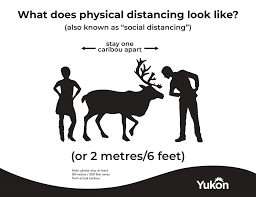Blended Learning

Blended learning seeks to combine traditional face to face teaching, at a scheduled time and location with, online learning experiences. It important to note that blended learning is a broad umbrella term, that can include a wide range of strategies and approaches. It is a flexible approach that is primarily concerned with empowering students and teachers to improve learning outcomes. Blended tools seek to enhance relevance and increase student engagement.
Digital learning technologies and tools, when combined with face-to-face classroom instruction, create ‘blended learning’ opportunities that can allow greater personalization and flexibility for learners. This can involve a combination of face-to-face classroom instruction, place-based experiences, digitally managed content, instruction and feedback, and some element of student control over time, place, path, and/or pace.
Digital learning technologies and tools, when combined with face-to-face classroom instruction, create ‘blended learning’ opportunities that can allow greater personalization and flexibility for learners. This can involve a combination of face-to-face classroom instruction, place-based experiences, digitally managed content, instruction and feedback, and some element of student control over time, place, path, and/or pace.
BLENDED LEARNING AND THE COVID-19 CONTEXT

COVID-19 protocols in Yukon schools may mean that the opportunities for teaching approaches that involve close physical contact may need to be limited/modified in the face to face setting.
In this context, blended learning strategies (working in concert with other experiential / place-based, service learning activities) may enable teachers to maintain student-centred learning approaches amidst social distancing requirements.
Furthermore, with decreased direct face to face time with students, digital tools can be strategically used to engage students, ensure learning is relevant and enable students to shape the learning environment.
In this context, blended learning strategies (working in concert with other experiential / place-based, service learning activities) may enable teachers to maintain student-centred learning approaches amidst social distancing requirements.
Furthermore, with decreased direct face to face time with students, digital tools can be strategically used to engage students, ensure learning is relevant and enable students to shape the learning environment.
BEYOND A REPOSITORY FOR ACCESSING CONTENT
|
"The experience gained from the first-generation of e-learning, often riddled with long sequences of ‘page-turner’ content, [long videos] and point and-click quizzes, is giving rise to the realization that a single mode of instructional delivery may not provide sufficient choices, engagement, social contact, relevance, and context needed to facilitate successful learning and performance.
In the second wave of e-learning, increasing numbers of learning designers are experimenting with blended learning models that combine various delivery modes. Anecdotal evidence indicates that blended learning not only offers more choices but also is more effective". - H. Singh "Building Effective Blended Learning Programs" Teachers can consider online platforms as sites to facilitate:
|
|